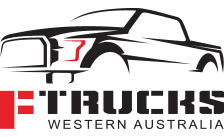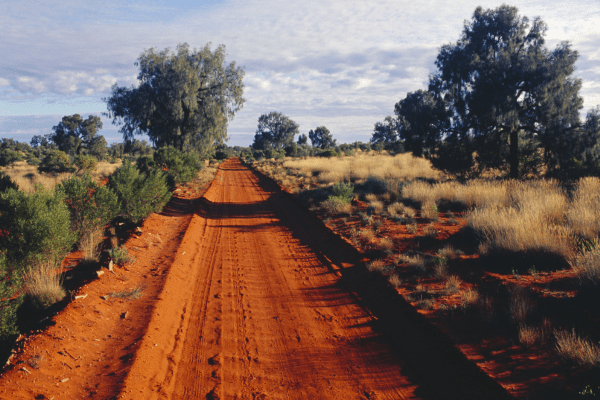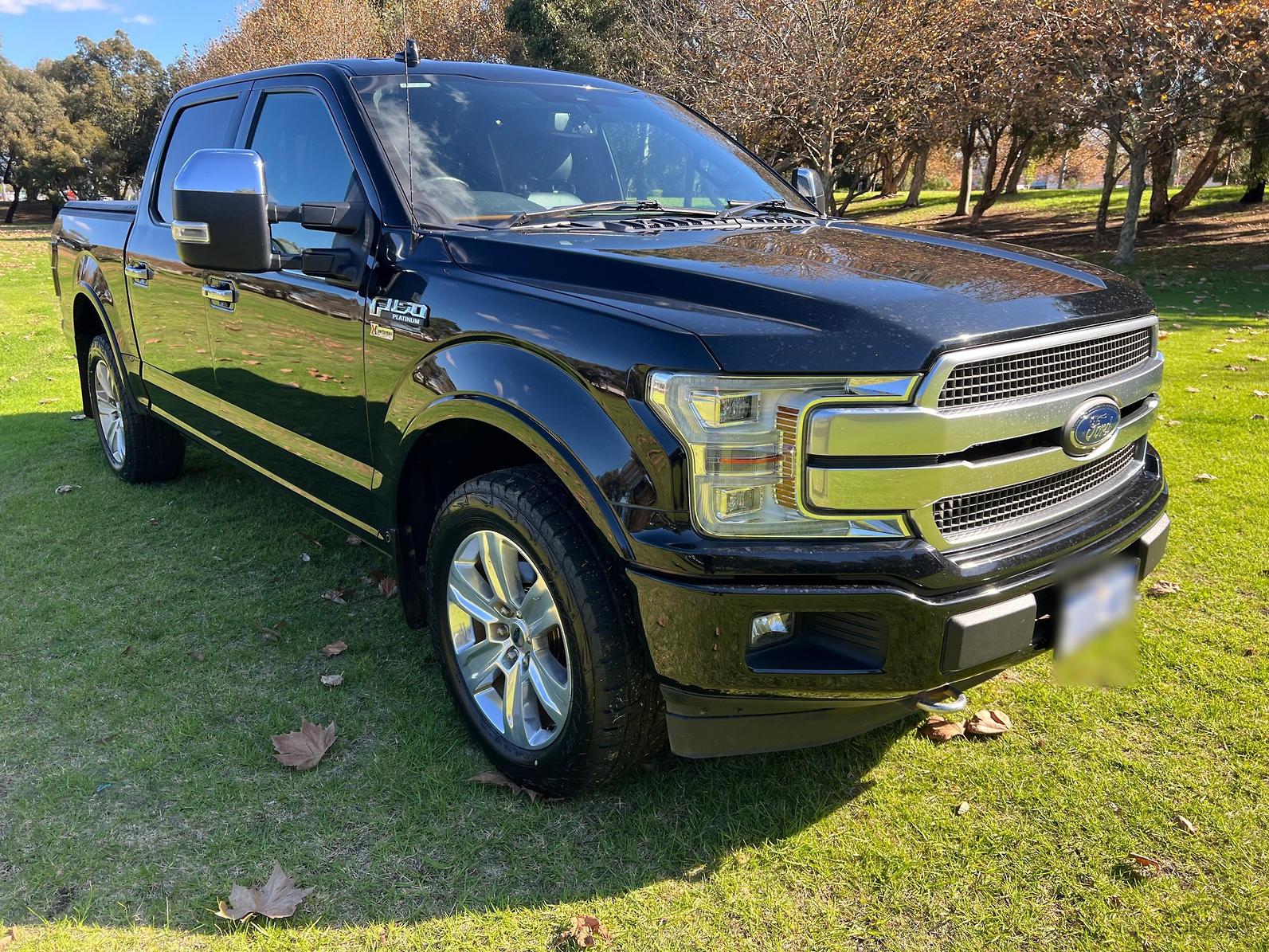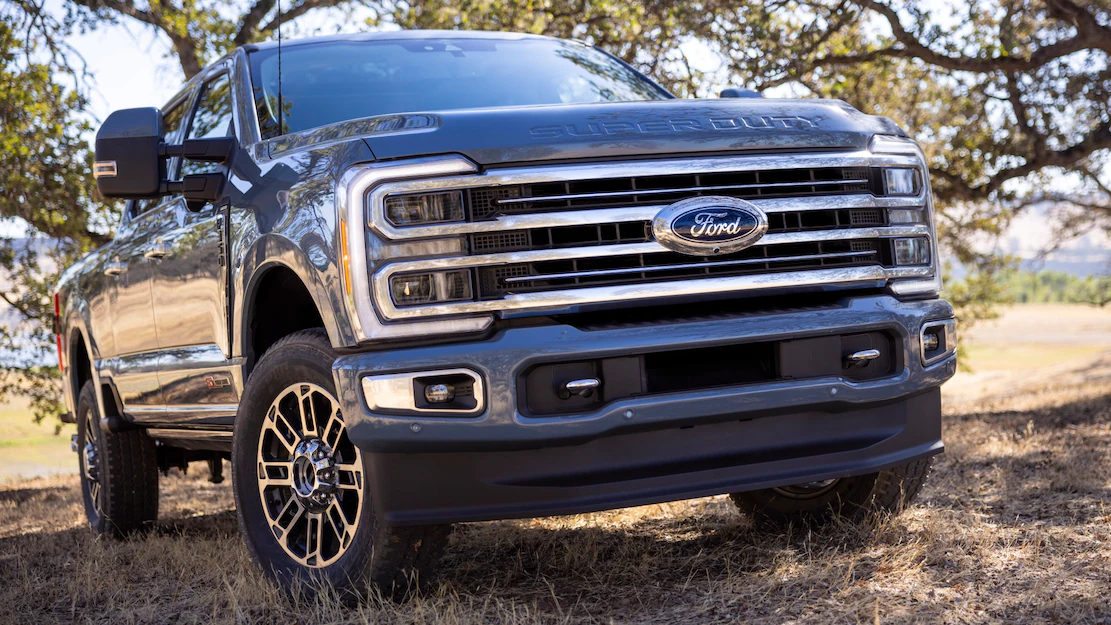Heading off road in your Ford truck is one of the best ways to explore the country – open roads and minimal traffic make for a great adventure holiday.
Whether you’re an avid 4wd’er or you’re planning your first off-road trip, there are some must-do trails around the country.
We rounded up the F Trucks WA team to ask their favourite 4WD track.
Birdsville Track – South Australia
One of the most iconic outback trails in the country, The Birdsville Track is known for connecting Birdsville in south-west Queensland to Marree in north-east South Australia. Traversing through remote and arid landscapes, this trail gives you a taste of the real Australian outback.
This 517 km track passes through some fairly diverse terrain including vast plains, sand dunes, gibber plains and desert landscapes. You’ll find sandy areas, as well as those with corrugations which provides a varied, and sometimes challenging drive. The road is reasonably well-maintained, but it is wise to keep in mind that it is heavily used by road trains, and rain and drifting sand can easily destroy parts of the road.
While there are fuel, supplies and accommodation stops along the way, it is well recommended to do this trip fully stocked with everything you may need, including spare fuel, recovery gear, a first aid kit and PLB.
Where to stop: There are a few places of interest along the Birdsville Track as well as some great camping stop points. Birdsville is a great small town to stop in at, well known for the Birdsville Hotel and the annual Birdsville Races. The Mungerannie Hotel is also a great little stop and there’s even a hot spring pool to relax in. There are also several camping spots including Clayton Station, Dulkaninna Station, Cooper Creek and Tippipila Bush Camp.
Oodnadatta Track – South Australia
The Oodnadatta Track traverses South Australia, from Marree in the north-east to Marla in the north-west. It is an unsealed 614 km trail that passes through Oodnadatta, William Creek, the southern lake of Kati Thanda-Lake Eyre National Park, and the artesian springs of Freeling Springs, Strangways Springs, and The Bubbler and Blanche Cup (Wabma Kadarbu Mound Springs).
The track follows a traditional Australian Aboriginal trading route and has some of the most well-preserved Overland Telegraph Line repeater stations at Coward Springs Campground. You’ll also have the opportunity to spot the remnants of the many railway sidings and bridges, and the ruins of railway buildings that made up the original Central Australia Railway.
The Oodnadatta is one of the easier routes, so perfect for beginners, but it is well recommended to only do the trail in the dry seasons – those unsealed roads can become a lot harder in the wet.
If you are planning a bit of travel in the outback it is well worth looking at a Desert Parks Pass, however you can book and pay online for those areas you need a permit to camp in.
Where to stop: There are some definite must-sees on this track including Kati Thanda-Lake Eyre. While it is more often dry than not, the size is hard to comprehend. You can fly over the area from Williams Creek or stop in at Level Post Bay or Halligan Bay to view the main lake. It is essential to be completely self-sufficient when doing these drives as they are remote. Halligan Bay should only be done in a high clearance 4WD.
Coward Springs Campground offers a great stop with a museum, a small artesian-fed spa pool and bird-friendly wetland. The William Creek Hotel is another great stop for a bed and a meal before carrying on your trip.
If there is one thing you’ll see plenty of on this track, it’s iron bridges. And while there are a few of them, the Algebuckina Rail Bridge is well worth stopping for. Spanning 578 metres, it was the longest rail bridge in South Australia until 2012.
The Canning Stock Route – Western Australia
Running from Halls Creek in the Kimberly region to Wiluna in the mid-west, this well-known Western Australian stock route is the longest historic stock route in the world. Running an impress 1850 km, it is a challenging but not surprisingly popular 4WD route. It is however a route where you do need to do some careful planning and be completely self-sufficient as there are only two small settlements where fuel and supplies can be found – Kunawarritji, approximately 1,000 kilometres north of Wiluna, and Billiluna, 173 kilometres south of Halls Creek.
It is important to note that while this is a popular track, it is not maintained so it may be one left to the more experienced amongst us. Generally, you can expect this track to take you around 3 weeks, as you’ll drive through areas of the Tanami, Gibson and Great Sandy Deserts, experiencing sandy tracks, rocky sections and over 900 dunes.
This route is a special one – there are many rock paintings and carvings along the stock route, so while enjoying them is a must, it is important to protect these sites and follow all directions.
You will need permits to travel parts of this trail, and it is best driven between April and September in a group, with a high clearance 4WD.
Where to Stop: Highlights include the Gibson Desert, Great Sandy Desert, ancient Aboriginal rock art, historic grave sites as well as the 51 wells that were originally constructed for the watering of stock. There are several major existing campsites which are best suited for overnight stays.
Gibb River Road – Western Australia
If you’ve ever chatted about 4WD trails with almost anyone, the Gibb River Road has likely come up as one they have done, or one they are planning to do. It is one of the most unique 4WD tracks that will take you through untouched wilderness, gorges, and cattle stations the size of small countries.
The Gibb River Roads runs 660 km between Derby and Kununurra and while the majority of the road is gravel, its condition can depend on how long since it was last graded, the weather and how many vehicles have been along it. This track is best done between April and November, and while it is peak tourist season, it does mean that operators and facilities will be operational.
There are a small number of fuel stops along the Gibb River Road, but because many camp locations and must-see spots are located off the main road, it is advisable to travel with an extra jerry can or two of fuel.
Where to Stop: The Gibb River Road offers a vast array of accommodation options, from camping and station stays through to luxurious homesteads. We absolutely recommend stopping at some of the amazing gorges for a walk, swim and a spot of lunch including Dalmanyi (Bell Gorge), Adcock Gorge and Emma Gorge. There are also several national parks worth stopping in at, but you will need to check whether you need an access pass for these parks.
Corner Country – New South Wales
If you’re after adventure, Corner Country in NSW offers plenty of it. Corner Country takes in the area of Cameron Corner in western NSW where NSW, Queensland and South Australia meet. The series of drives in this area will take you through some pretty spectacular landscapes, including the rugged Barrier and Grey ranges, while the Simpson Strzelecki Deserts are to the west and the Bulloo overflow to the northeast.
There are three great self-guided drives in Corner Country:
- Gorge Loop Road Drive is a 100km round trip through the Sturt National Park, with plenty of places to stop and soak up the outback. The Gorge Loop Road will take you past the Outdoor Pastoral Museum, the Mount Wood Homestead complex, which dates back to 1886, and Horton Park ruins. You’re likely to spot plenty of emus and kangaroos as well.
- Jump-Up Loop Road takes you on a 100km round trip through the Sturt National Park, from Tibooburra through to Olive Downs and back via the Silver City Highway. There’s some great landscapes on this track including the granite tors near Tibooburra, the rolling downs and gibber plains, and the iconic Jump-Ups to the north.
- Sturts Steps Touring Route follows the route taken by Charles Sturt on his Inland Expedition in 1845. The route connects approximately 1100 kilometres of sealed and unsealed roads from Broken Hill to Milparinka, Tibooburra and Cameron Corner creating a circular loop and outback adventure.
Where to Stop: Corner Country offers plenty of opportunities to stop and rest with campsites, pubs and homesteads offering accommodation across the region.
Preparing for a 4WD Trail
When you’re planning a 4WD adventure in your Ford truck, it is essential to include having your truck serviced and looking at some upgrades that may make your trip a little smoother.
At F Trucks WA, we can offer a range of servicing options, as well as supply a range of spare parts and installations to ensure you’re covered on your trip.
Some of the things we recommend looking at include ensuring skid plates are installed and intact, having off-road tires installed, considering upgrading your suspension and installing a lift kit to give you more ground clearance.
You should also ensure you have quality recovery gear including tow straps, recovery points, and a high-lift jack (as well as a shovel), and that you know how to use it. If you don’t already have a bull bar and winch installed, it is absolutely an essential way to protect your car as well as being a valuable addition if you require self-recovery.
If you are planning on water crossings, a snorkel can be a great addition, as can extra lighting to improve visibility should you find yourself driving at night.
Planning a 4WD adventure across anywhere in the country is an exciting time – but make sure you take your time, and ensure you have everything you need before you leave.
Seeing our FTrucks Team WA for a service and any installations prior to your trip will bring you peace of mind, and let you enjoy your next adventure.




